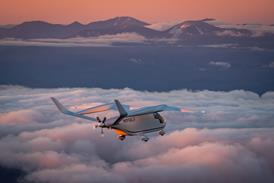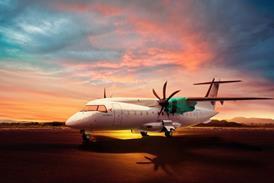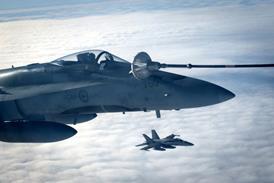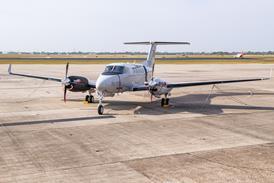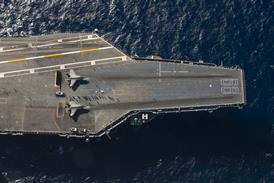The redesign and replan that stretched JSF system development and demonstration also changed the build sequence, or “firing order”, of the test airframes, with a significant impact on manufacturing.
Instead of being interleaved, the three variants will now be built in a “5-5-5-2-2-2” order – five STOVL aircraft, followed by five CTOL then five CV, and finishing with two F-35Bs, two F-35Cs and two F-35As. The 21 aircraft will include separate static and durability test articles for each variant, plus a CV airframe for drop, barrier and live-fire testing. The new sequence is called “Option 9”.
“The replan added 18 months and changed the firing order of the aircraft. It put the hardest-to-design aircraft up front,” says Bobby Williams, air vehicle team lead. “If we get STOVL right, the CTOL and CV should follow without a hitch. It allows us to deal with the challenges one at a time, and we can roll in the lessons learned with AA-1.”
Tom Fillingham, BAE System F-35 programme manager, says: “It’s a more pragmatic approach,” adding: “Option 9 gives us a little bit more time to build the first few aircraft, while maintaining the back-end dates for everyone, and we get to build more STOVL aircraft together, which improves our learning.”
Source: Flight International


